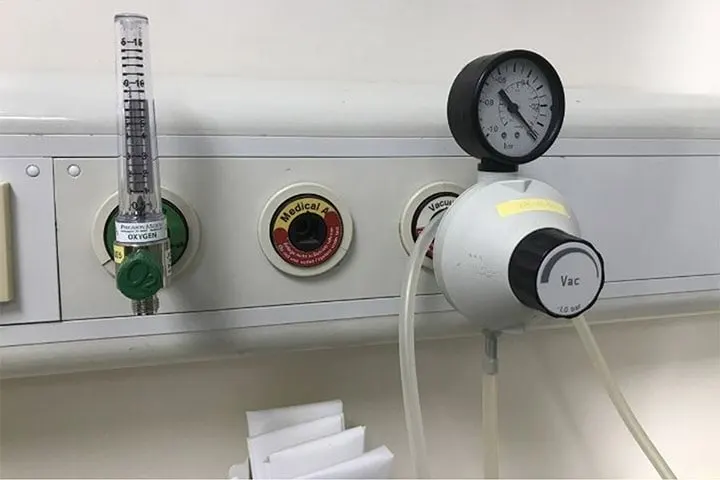How To Maintain Medical Suction Pumps

There are few things more important during surgery than a surgeon being able to clearly see the patient they are operating on. Visibility in the operating room is of vital importance, and suction pumps help with this function when performing a surgery. These suction pumps may also be used to carry fluid away from the lungs for those suffering from lung infections or those unable to bring fluid up through coughing.
Clearly, medical suction pumps are necessary, and if they malfunction, it can have disastrous consequences for patients. That is why knowing how to maintain medical suction pumps is essential for patient care.
PPE
Because medical suction pumps deal closely with bodily fluids, utilizing personal protective equipment is more important when performing maintenance on medical suction pumps than it is on other types of equipment. Gloves, masks, eyewear, and protective clothing should always be worn when working with pumps.
Proper Cleaning
The exposure to bodily fluids means that you should clean and disinfect the pumps after every use to prevent the growth of bacteria and viruses. After disconnecting the pump from the power source, remove and throw away disposable parts, wipe down the entire outside surface, and replace suctioning water. No matter the use, you should also clean out suction canisters at least once a week.
Batteries and Filters
You should check suction pump batteries at the start of every shift to ensure they don’t fail at any point during the day. Depending on the model, the manufacturer may recommend checking the battery at more frequent intervals, so facilities should review the guides when purchasing new equipment. Most models will require you to replace the batteries at least once a year.
Similar to other types of equipment, suction pumps contain various filters to protect the patients on whom the pump is being used. It’s important to regularly inspect these filters for dirt build-up. You should change the filters every two months or when they begin to appear dirty.
Proper Techniques
Any equipment will last longer if it is used properly. When training medical staff on the different types of medical suction pumps, it is always important to offer helpful advice on best practices for its use. This does not only include how to make it work or how to clean and change its filters. It also includes how best to attach tubing and cups and how to hold them during surgeries so as not to damage the system.
Here at Med One Group, we care about your patients just as much as you do. If you have further questions about best practices for suction pump maintenance, our medical equipment services team is here to help.
